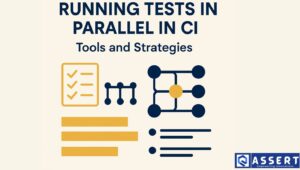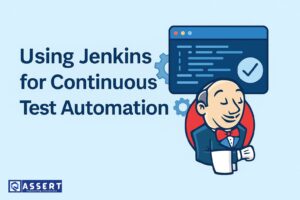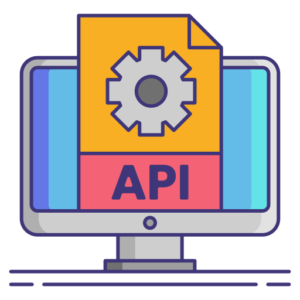In mobile app development, testing on real devices in CI/CD for mobile testing is essential to ensure your application works perfectly across different devices. While emulators and simulators are helpful, they cannot replicate real-world conditions accurately. Integrating real devices into your CI/CD pipeline improves test reliability and accelerates the development cycle (dev.to, reddit.com).
Why Real Devices Matter
Testing on real devices provides insights that emulators cannot offer. For example, you can measure battery usage, memory consumption, and processor load accurately. In addition, real devices allow you to test touch responsiveness, gestures, camera, GPS, and other hardware features (kobiton.com). Thus, you can deliver a seamless user experience that reflects real-world usage.
Choosing the Right Testing Framework
First, select a testing framework that supports real devices and integrates with your CI/CD tools:
-
Appium: Open-source tool for mobile automation.
-
Espresso (Android): Google’s native testing framework.
-
XCUITest (iOS): Apple’s native testing framework (reddit.com).
Moreover, these frameworks allow integration with cloud or on-premise device labs.
Setting Up Device Access
You have two main options:
-
Cloud Device Farms: Services like BrowserStack, Sauce Labs, and Kobiton provide access to many real devices.
-
On-Premise Devices: Maintain your own device lab for direct testing.
Additionally, cloud services simplify scaling, while on-premise labs give you full control over devices (reddit.com).
Integrating into CI/CD Pipeline
Next, configure your CI/CD pipeline to include your testing framework and devices. Tools like Jenkins, GitHub Actions, and GitLab CI can automatically trigger tests on code commits or pull requests. Furthermore, implementing parallel testing on multiple devices reduces test time and improves coverage.
Best Practices for Real Device Testing
-
Maintain a Device Matrix: Regularly update the list of devices and OS versions.
-
Automate Tests: Automation saves time and reduces errors.
-
Prioritize Critical Paths: Focus on the most-used features.
-
Use Realistic Test Data: Simulate real user scenarios (ranorex.com).
Consequently, following these best practices ensures reliable, fast, and meaningful test results.
Conclusion
Integrating real devices in CI/CD for mobile testing is vital for delivering high-quality mobile applications. By following the steps and best practices outlined above, you can ensure optimal app performance across devices. As a result, you will improve user satisfaction and accelerate release cycles (quashbugs.com).




